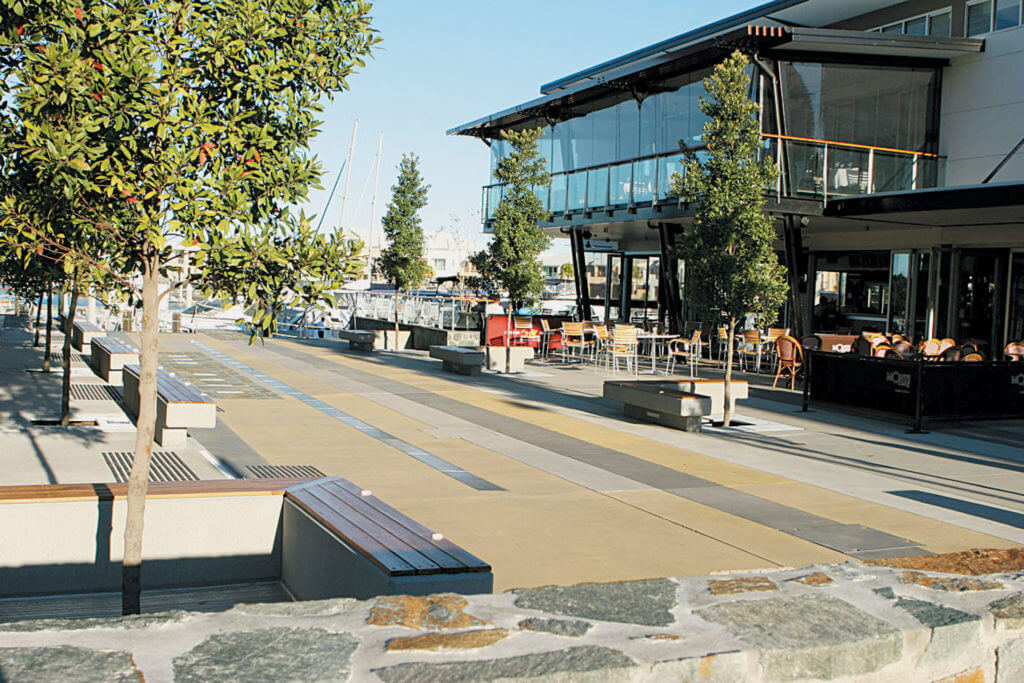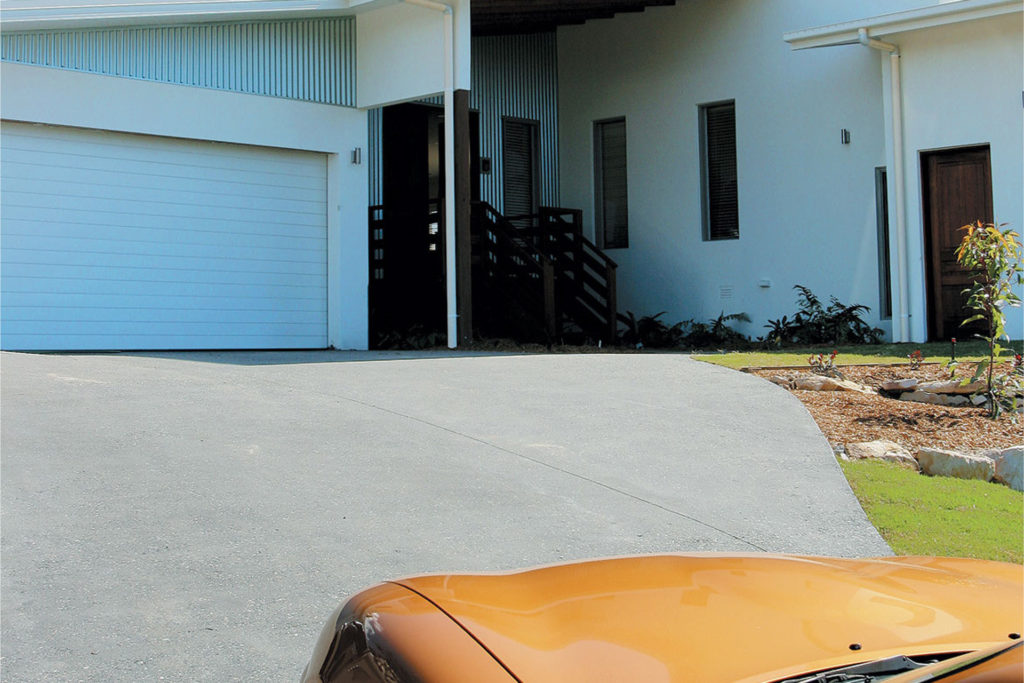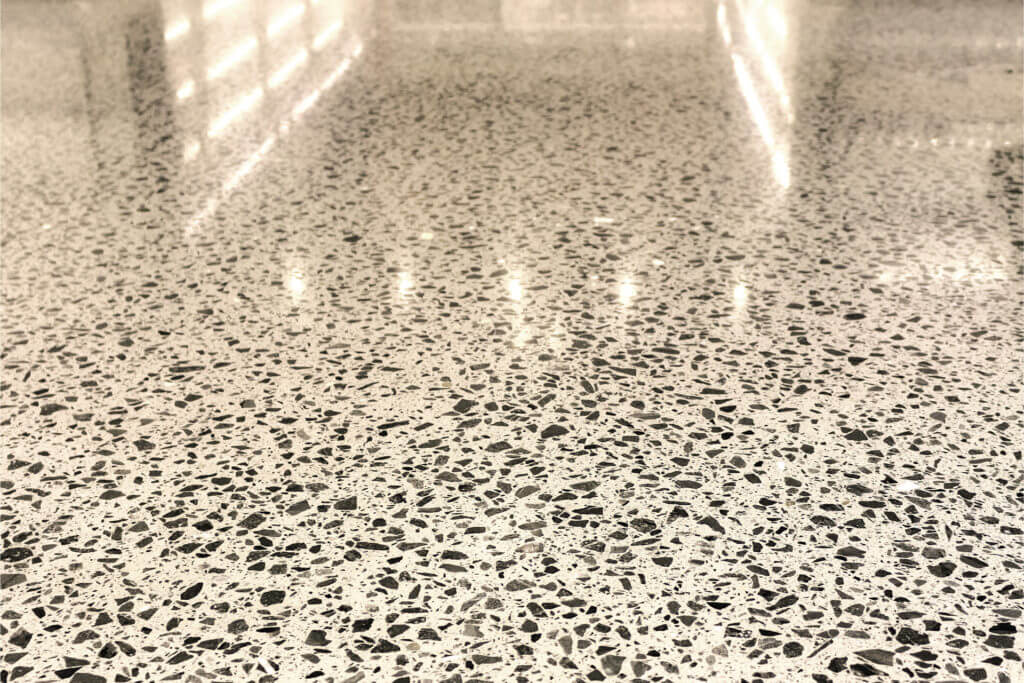Hot weather conditions, including high temperatures, strong winds and low humidity, in summer can lead to problems within the placement and finishing of concrete at any time.
Precautions can be taken to reduce or eliminate the effects of hot weather conditions on concrete. We will unpack the many effects of hot weather on concrete and then provide a number of solutions to minimise the risks, including evaporation control and curing compounds.
The effects of hot weather conditions
Most of the problems, as a result of hot weather, relate to the increased rate of cement hydration at higher temperatures and the increased rate of evaporation of moisture from freshly laid concrete.
- Setting time
As temperatures increase, there is less time to place, compact and finish the new concrete due to moisture evaporation.
- Workability and slump
High temperatures can reduce the workability of the concrete more rapidly. Adding water to the concrete on site can assist with the workability, however it can also reduce the strength of the concrete, increase the permeability, and affect the durability of the concrete.
- Compressive strength
If extra water is added to the mix this can result in a loss of strength and durability for the slab and increasing the chance of drying shrinkage. Without the additional water, there is reduced setting time for the concrete, negative effects to the workability, and potential of inadequate compaction, the formation of cold joints and poor finishes.
- Concrete temperature
The increase in concrete temperature can lead to an early rate of strength gain in the slab but also a chance of thermal gradients occurring. However, long term lower temperatures can achieve a higher level of strength.
- Poor surface appearance
Hot weather can see an increase in evaporation which leads to drying out and stiffening of the slab that can result in premature finishing. Hot weather can also create colour differences in the concrete due to the rates of hydration and cooling effects.
- Plastic shrinking cracking
Hot weather speeds up moisture loss in the concrete slab which can result in early surface drying that leads to shrinkage. Plastic shrinking cracks can be quite deep as the concrete has little capacity to resist because of hot weather. This can cause the cracks to widen and propagate until the shrinkage stress is relieved.
- Thermal cracking
Rapid changes in temperature, a hot day to a cold night, can lead to the formation of thermal gradients. This is due to the warm interior of the concrete resisting the cold external surface which wants to contract. Depending on the difference in temperature of the concrete, cracking can occur. Thick slabs are more at risk of thermal cracking.
Minimising the effects of hot weather
Evaporation control
The best way to control evaporation is to use an evaporative retarder, such as Aliphatic Alcohol. Aliphatic Alcohol can be applied to freshly placed and screeded concrete surfaces. It forms a chemical film that reduces the rate of water evaporation and helps to control premature drying, which results in reducing or eliminating shrinkage and plastic shrinking cracks.
CCS Aliphatic Alcohol is an easy to use, water-based finishing compound which effectively controls the evaporation of bleed water and thereby improving the quality of the final concrete surface. The product is diluted with water to provide a very economical coverage rate of approximately 5-7m2 per litre. CCS Aliphatic Alcohol is generally applied after screeding and bull floating operations, and prior to final finishing processes.
The advantages of using CCS Aliphatic Alcohol
- Water-based and environmentally friendly
- Economical and easy to apply
- Contains a fugitive dye to help with uniform application
- Improves the quality of concrete as a result of controlled water evaporation
- Reduces the likelihood of crusting or dusting on the concrete surface
- Can reduce the incidence of plastic shrinkage
- Eliminates the requirement for extra mixing water to compensate for hot weather pours.
Curing and protection
Correct and effective curing plays and important role in the strength development and durability of concrete. Curing compounds are used to seal the surface of fresh concrete and prevent rapid loss of moisture. They are an efficient, cost-effective means of curing concrete and can eliminate the need for messy water curing methods and the use of plastic sheeting. Curing compounds should be added immediately to the surface after finishing.
CCS Slab Clad R is a water-based curing compound, which is applied to freshly laid concrete. It is a Class Z film forming compound offering high water retention capabilities compliant to AS 3799-1998 Appendix B. It also conforms to the Department of Transport and Main Roads MRT S70. Slab Clad R is based on a C-5 resin with performance enhancing additives which, when applied to freshly laid concrete, leaves a dried transparent film on the surface. The product is designed to degrade over time, allowing for the unhindered application of other toppings and treatments. Unlike many resin-based curing compounds, CCS Slab Clad R dries to form a tack-free film which resists dirt, dust, and stains.
The advantages of using CCS Slab Clad R
- A low VOC, environmentally friendly product
- Water-based
- Supplied ready for use
- Assists in the development of strength, abrasion resistance and durability of the concrete
- Provides rapid film formation
- Reduces the likelihood of cracking or dusting on the concrete surface
- Easy to use product
Additional ways to minimise the effects of hot weather.
- Control concrete temperature
Work with your concrete supplier to ensure the temperature of the concrete is within the allowable range at the point of delivery.
- Admixtures
There are various chemical-based products that can be beneficial in hot weather that can reduce water evaporation and slow down the rate of the concrete setting.
- Cement type and content
Particular cement types can provide different benefits to the mix, for example slower hydration cements. Additionally, the cement content should be limited to the required amount to provide strength and durability.
- Planning and education
Planning for hot weather conditions is essential to avoid or reduce the above problems which can occur. Educating employees on the effects of hot weather and possible ways of minimising the risks so they know what signs to look for and can respond accordingly.
- Delivery and discharge
Delays in delivery of concrete mixes can undo best practices, however delays are not always avoidable. Once the concrete mix is onsite, water shouldn’t be added to the mix unless it’s part of the required amount to ensure the correct water-cement ratio.
- Placing and finishing
Ensure the concrete is protected from rapid warming and/or drying. Some steps to protect it can include the placement of the mix during cool parts of the day, keep tools cool while using them on the slab, use sunshades and wind breaks and performing operations rapidly while being mindful of not finishing early to avoid bleed problems.
If you have any questions about CCS Aliphatic Alcohol or CCS Slab Clad R or would like more information, please contact us.





